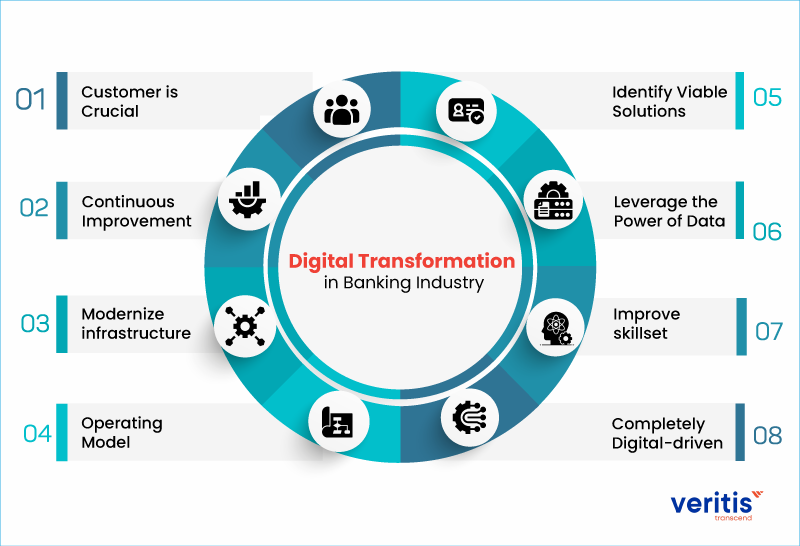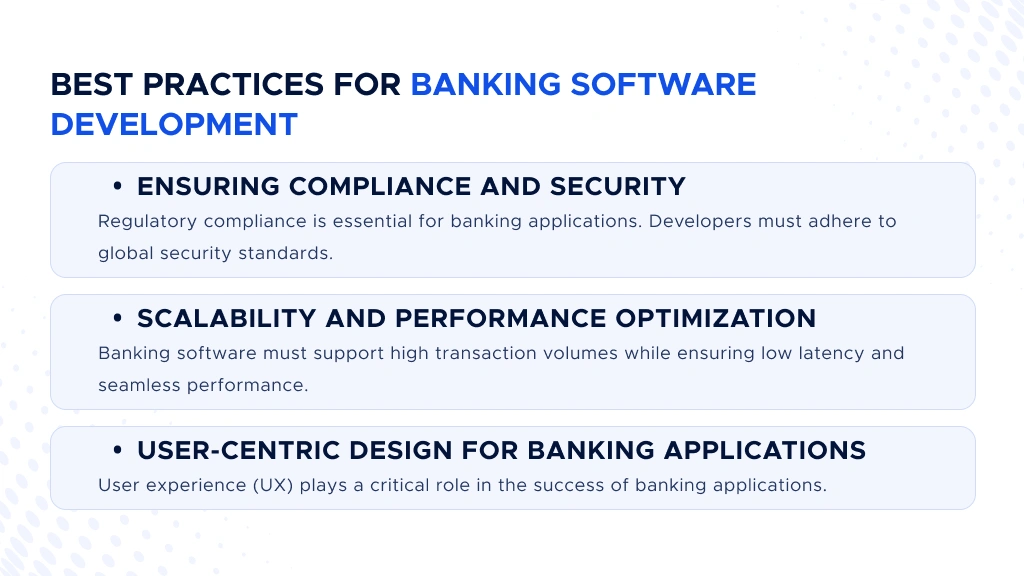Online Banking Optimization: Efficient Digital Transactions. Online banking has revolutionized the financial industry by providing convenience, speed, and efficiency in managing personal and business finances. However, to fully reap its benefits, users and financial institutions must implement strategies to optimize security, functionality, and user experience. This article delves into the best practices for online banking optimization, ensuring a seamless and secure digital banking experience.
The Importance of Online Banking Optimization
Online banking optimization is essential for both individuals and financial institutions. A well-optimized banking system ensures:
- Enhanced Security: Protecting users from cyber threats and fraud.
- Improved User Experience: Providing a seamless and intuitive interface.
- Faster Transactions: Reducing processing times and enhancing efficiency.
- Higher Customer Satisfaction: Ensuring accessibility and convenience.
- Regulatory Compliance: Meeting financial industry standards and security protocols.
Key Strategies for Online Banking Optimization
1. Strengthening Cybersecurity Measures
Security is a top priority in online banking. Implement the following security measures:
- Multi-Factor Authentication (MFA): Adding extra verification layers to prevent unauthorized access.
- End-to-End Encryption: Protecting sensitive data from cyber threats.
- AI-Powered Fraud Detection: Utilizing artificial intelligence to monitor transactions and detect anomalies.
- Regular Security Audits: Ensuring system vulnerabilities are identified and addressed.
2. Enhancing User Experience with Intuitive Design
A seamless user interface increases customer satisfaction and engagement:
- Mobile-First Design: Ensuring the platform is mobile-friendly.
- Easy Navigation: Simplifying transaction processes.
- Personalized Dashboards: Allowing users to customize their banking experience.
- Quick Load Times: Ensuring pages load instantly to prevent frustration.
3. Optimizing Transaction Processing Speeds
Faster transaction processing improves efficiency and trust:
- Automated Payment Systems: Reducing manual processing time.
- Cloud-Based Solutions: Enhancing speed and reliability.
- AI and Machine Learning: Predicting and optimizing transaction flows.
- Real-Time Notifications: Keeping users informed about their transactions.
4. Implementing AI and Chatbots for Customer Support
AI-powered tools enhance banking efficiency and support:
- 24/7 Virtual Assistants: Providing instant customer support.
- Personalized Banking Advice: Using AI to offer tailored financial solutions.
- Fraud Detection Alerts: Notifying users of suspicious activities.
- Automated Query Resolution: Reducing wait times for common inquiries.
5. Ensuring Compliance with Financial Regulations
Adhering to industry standards is crucial for credibility and legal operation:
- GDPR and PCI DSS Compliance: Ensuring user data protection.
- Secure Data Storage: Using encrypted cloud storage for sensitive information.
- Regulatory Updates: Keeping systems updated to comply with new financial laws.
- Internal Audits: Regularly reviewing financial transactions and security measures.
6. Enhancing Mobile Banking Capabilities
With mobile banking on the rise, optimization is key:
- Biometric Authentication: Using fingerprint and facial recognition for secure login.
- QR Code Payments: Simplifying digital transactions.
- Mobile Wallet Integration: Allowing seamless transactions with Apple Pay, Google Pay, etc.
- Push Notifications: Alerting users about account activity and promotions.
7. Leveraging Data Analytics for Personalized Services
Using big data to enhance user experience and engagement:
- Behavioral Analysis: Understanding customer needs and preferences.
- Customized Offers: Providing tailored financial products and promotions.
- Predictive Analytics: Forecasting financial trends for better decision-making.
- Automated Budgeting Tools: Helping users manage finances effectively.
10 Expert Tips for Online Banking Optimization
- Enable multi-factor authentication for added security.
- Regularly update banking apps to prevent vulnerabilities.
- Use strong and unique passwords for online banking accounts.
- Monitor bank account activity frequently to detect fraud.
- Utilize AI-driven tools for personalized banking experiences.
- Implement real-time alerts for transactions and unusual activities.
- Optimize banking apps for faster load times and smooth functionality.
- Use encrypted networks when accessing online banking (avoid public Wi-Fi).
- Leverage mobile banking features such as biometric login for added security.
- Keep up with regulatory changes to ensure compliance and security.
10 Frequently Asked Questions (FAQs)
1. How can I enhance the security of my online banking account?
Enable multi-factor authentication, use strong passwords, and monitor account activity regularly.
2. What are the benefits of AI in online banking optimization?
AI improves security, provides personalized financial insights, and automates customer support.
3. How can banks reduce transaction processing times?
Implement automated payment systems, cloud-based solutions, and AI-driven transaction processing.
4. Why is mobile banking optimization important?
It enhances accessibility, security, and convenience for users managing finances on the go.
5. How do real-time alerts help in online banking?
They notify users of transactions, potential fraud, and account activity, enhancing security.
6. What role does data analytics play in online banking?
It helps personalize services, detect fraud, and improve customer engagement through predictive insights.
7. How can users protect their data while banking online?
Avoid public Wi-Fi, use secure passwords, and enable end-to-end encryption for transactions.
8. What is biometric authentication, and how does it work?
It uses fingerprint, facial recognition, or retina scans for secure and quick logins.
9. Why should online banking apps be regularly updated?
Updates fix security vulnerabilities, improve performance, and introduce new features.
10. How can banks comply with financial regulations in online banking?
By implementing GDPR, PCI DSS, and other compliance frameworks, conducting regular audits, and updating security protocols.
Conclusion
Online banking optimization is a crucial aspect of modern digital finance. By implementing robust security measures, enhancing user experience, leveraging AI-powered solutions, and ensuring regulatory compliance, banks and users can maximize the benefits of online banking. Embracing these strategies not only enhances security and efficiency but also fosters trust and long-term customer satisfaction.
As digital banking continues to evolve, staying ahead with the latest technological advancements and security measures will be essential for maintaining a seamless and secure financial ecosystem. Optimizing online banking today ensures a more efficient and safeguarded future for financial transactions.


